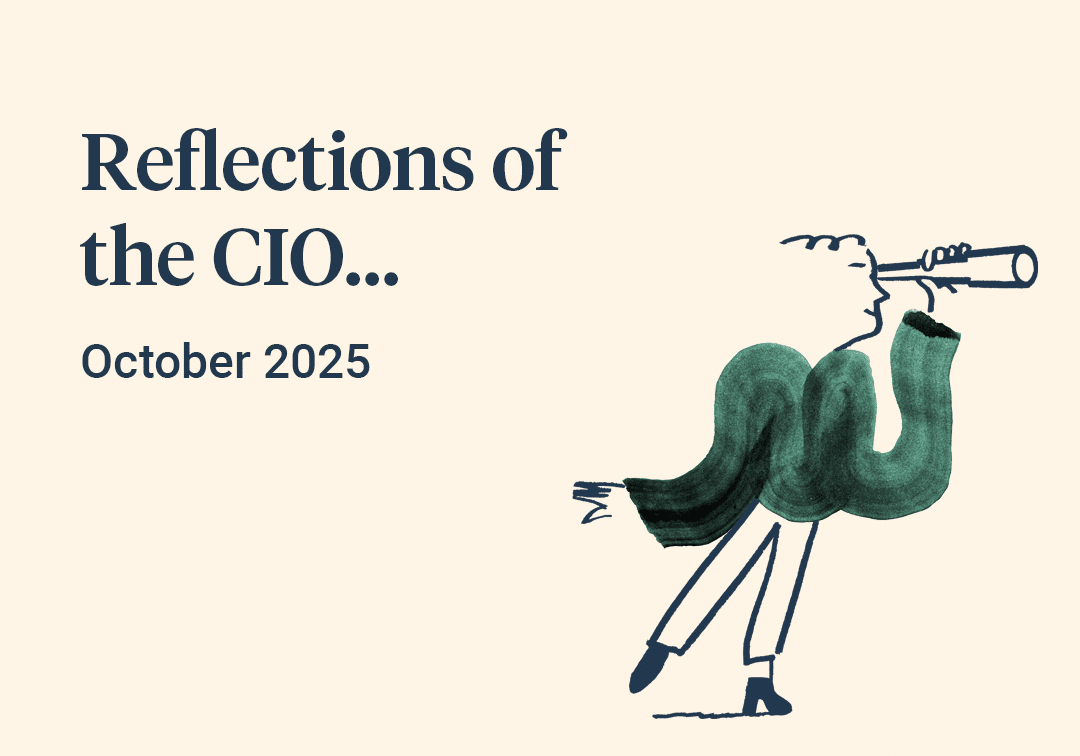March 2023 was a month during which the sheer speed and scale of market movements and regulatory intervention surpassed anything we had seen before, including the great financial crash of 2008. The reason was the emergence of separate crises in the global banking sector where, within two short weeks, the 16th largest US bank (Silicon Valley Bank, or SVB) and a globally systemically important financial institution (Credit Suisse) had both collapsed.
These separate collapses came about for essentially the same reasons – the twin loss of confidence from both the banks’ depositors and shareholders, leading to collapsing share prices and deposit flight or, in other words, a good old fashioned ‘bank run’. The speed of the collapse had two concurrent and impressively large side effects.
The first impressive side effect was the speed of intervention from the relevant local authorities, where both the Swiss and US central banks, regulators and governments stepped in early and aggressively. Senior managers of the failed banks were fired, depositors were guaranteed and the banks themselves sold in rapid auctions. In addition, billions of dollars were injected into the wider banking sector in an effort to stave off a broader panic. As we write, these efforts appear to have worked very well and markets have moved on, almost as if nothing had happened. This was partly due to the fact that both SVB and CS had specific long standing issues, which were not reflected in the wider banking community, but it was also due undoubtedly to the scale of the liquidity injections. For example, the US Federal Reserve’s balance sheet grew by over $400bn in March as it stepped in with emergency loans.
The other remarkable side effect was the size of price movements in the global bond markets and certain other assets, such as gold. As the initial shock of the SVB failure spread, highly leveraged bond positions were liquidated by hedge funds in an effort to de-risk. The swings in prices over the two weeks of the panic in some US government bonds were 5 standard deviation events (or, in plain English, movements that would have been expected to have a 1 in 3,500,000 chance of happening).
By the end of March, calm had returned to markets and, perhaps bizarrely given the news flow, stocks, bonds and client portfolios have ended the quarter with broadly positive returns. We truly do live in interesting and sometimes baffling times, but this particular three-month period does require some explaining.



